One cannot talk about Serifos without a brief reference to its mining history. Iron and copper mines had existed in Serifos since ancient times, from around the 3rd century BC, whereas the importance of the mines re-emerged towards the end of the 19th century AD and booming production in the early 20th century gave rise to a thriving community . Sadly, subsequent cheaper exploitation of minerals in South Africa led to the final closure of Serifos' mines in 1963. Today, scattered across the island are various mining relics, especially in the south-western area of the island and in particular at Megalo Livadi, such as a mining gantry for mineral loading, abandoned wagons and loading rails.

Here one can also see the crumbling, derelict neoclassical house which once used to be the headquarters of the “Serifos-Spilialeza” mining company and, close by, a monument to the workers who died in a strike of 1916 while protesting against the poor pay and working conditions of the mines.
Along the same theme, the more adventurous can opt to walk through the cave mine
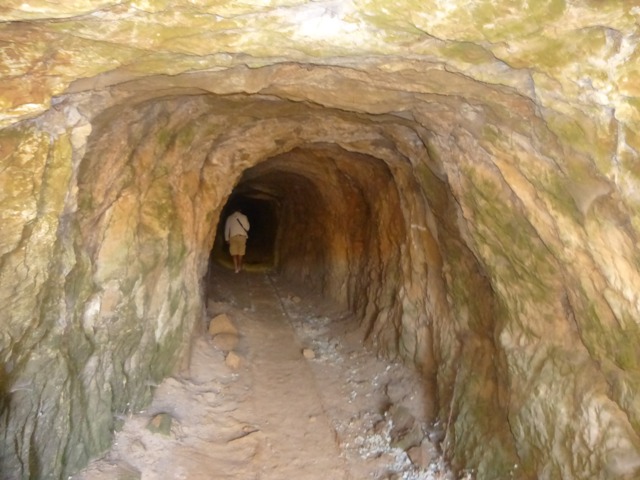
on the opposite side of the bay, following the old wagon rails for a dark (torch essential) and pleasantly cool twenty minutes or so, to emerge on the other side with a view of Kalogeros beach. Less adventurous geology fans can also visit the small, but interesting, museum with rocks and mining tools,
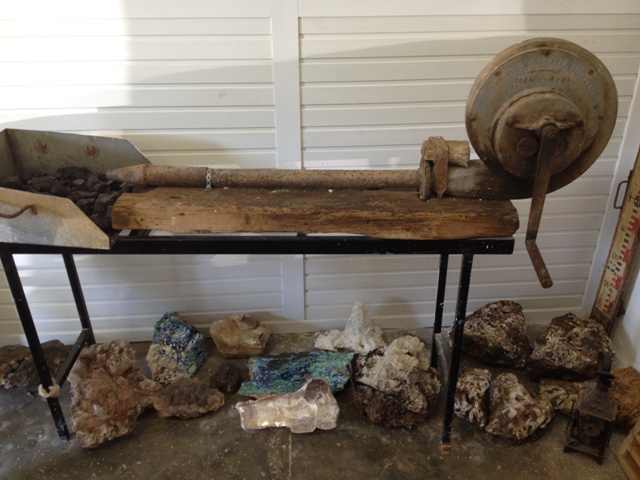
which also testifies to the mining past of the island, whereas sun-seekers can swim in the calm waters. All can enjoy refreshments at one of the two homely tavernas right on the beach.
Returning towards the port a quick deviation left reveals a brilliant-white structure - the Aspros Pyrgos (White tower), a 5-minute walk along a dirt path off the road. Assumed to be a watchtower built around the 4th century BC it is one of the best preserved monuments in the Cyclades, with walls reaching 2 metres thick in places. Next to the White Tower, is the church of Agios Charalambos believed to have been constructed using also parts from the Tower.

Other interesting monuments, that are not however so readily accessible, include ''Psaropyrgos'' (Fish tower), also known as ''The Throne of the Cyclops'' and probably another watchtower against pirate raids, as well as the cave of the Cyclops, where according to mythology the Cyclops used to live but which has partially collapsed and is consequently not open to visitors.
Across at the other, northern, end of the island, just east of the traditional village of Galani, we encounter the imposing Monastery of the Taxiarches, built in 1572 and dedicated to the Archangels Michael and Gabriel, protectors of Serifos.

The island also has a whole host of churches, the oldest of which, dating back to around 1000 AD, is Panagia (Virgin Mary) church in the village of the same name. Churches cannot be mentioned without an all-important reference to the local Panegyria - festivals or feast days - which Serifos has in abundance. These are free for all to attend, and not just for the church mass but also for the food offered which is provided, and served by, the 'ktitores or ''brothers'' assisting the particular church of the feast in question.
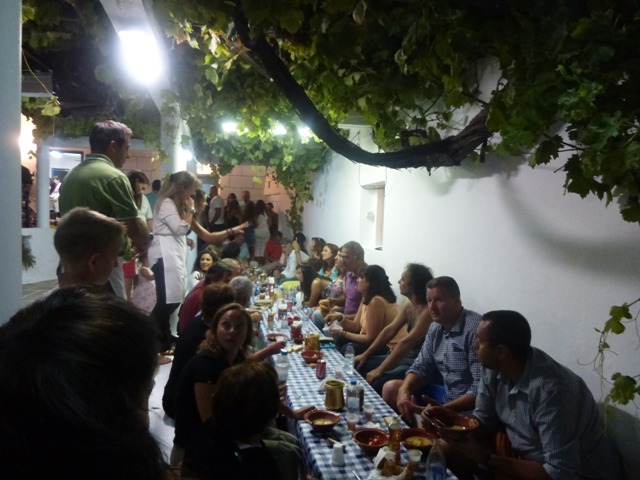
Traditionally, basically more or less the same dishes are always served on these occasions, namely fava bean puree/soup with lashings of vinegar, short-cut macaroni type pasta, often in broth obtained from boiled goat or kid meat, pieces of which are served with it. This is often accompanied by a simple tomato and olive salad, and sometimes preserved anchovies. The lucky few may get to taste truly unique crispy chunky potatoes , cooked in a huge pan over wood, It goes without saying that there is always local Serifos wine from the barrel, which is renowned for its particular amber colour and distinctive taste!
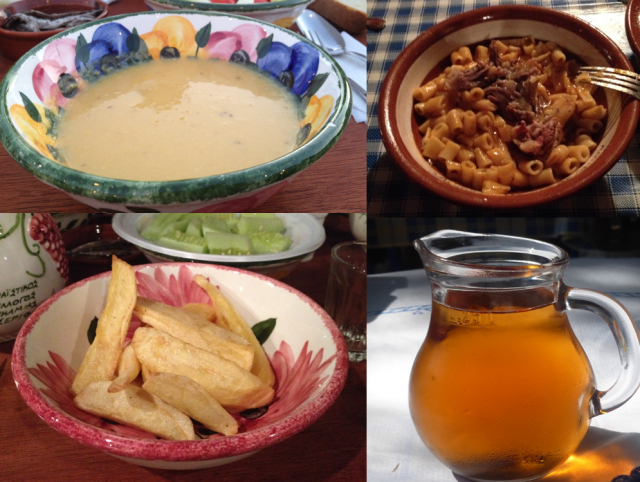
Outside the festivals you can also try the locally-produced rakomelo ( honey-based digestive spirit ), or souma (like tsipoura - a type of Pomace brandy).
Other local gastronomic specialities include honey (especially from thyme) and the excellent local Myzithra cheese that often replaces the more-well-known Feta cheese in the typical Greek ''country salad'', which is often also topped with the ubiquitous capers. The local goat and kid meat is exceptional - and loutza (sun-dried pork) makes a good appetizer along with the marathopites and marathotiganites (fennel pies or patties and pancakes), common to other neighbouring Cycladic islands. End your meal with a true Serifian vanilla and chocolate cream-based dessert Pastaki Serifou*.
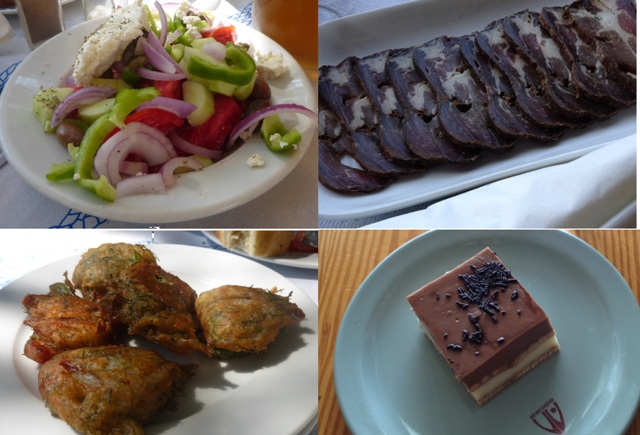
On the subject of food one cannot fail to mention the staple of bread, which can be found on Serifos still baked in a wood-oven in the Pano Hora - a family-run business for over eighty years, and which also produces some amazing biscuits, pies - both sweet and savoury, and even home-made muesli!